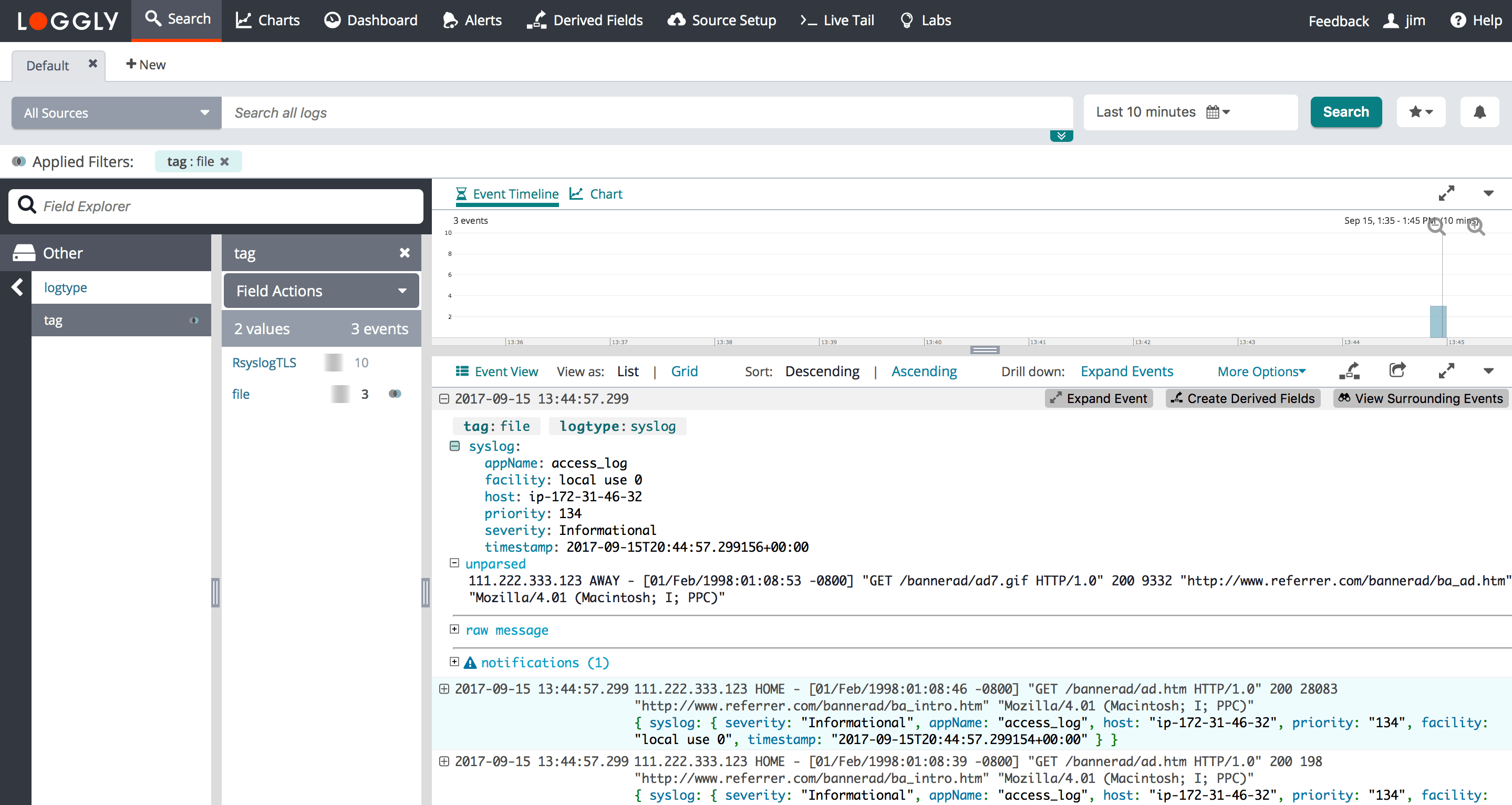what is a log file in linux
Logs give you an extensive view of your servers performance security and underlying issues. System log files record a variety of messages useful for debugging.
Logs in addition to serving as storage can be used for a variety of other purposes.

. A log file is a text file that is used by a server program. This includes database products like PostgreSQL or MySQL web servers like Nginx or. Introduction to Log Files in Linux.
Log files are a set of records that Linux maintains for the administrators to keep track of important events. For example you can use this log to determine who changed a specific file. They enable administrators to.
Related
This log contains information about the files on which users perform reads or writes. Linux logs will display with the command cdvarlog. The varlog directory is the directory in which Linux logs are typically saved.
Linux Log Files and Locations. They contain messages about the server including the kernel. Some distributions eg Ubuntu have both.
Linux Log Files Location. Like any other OS you can use certain commands to see Linux log files. These log files can contain a.
They can be used to review previous backup jobs read errors and see where the backed up files are located. All Linux systems generate systems logs that can be inspected to find information about your running system. How do I view the contents of a log file in Linux.
System logs can be in two places. Linux Log Files and Locations. System log files also referred to as server logs include detailed information logs about the OS file system running applications and login credentials.
Log files are files that contain information about the activities that have taken place on a computer system. The log file is a file that records either events that occur in an operating system or other software runs. In here the Linux servers have.
There are several locations where log files are stored on a Linux system. Almost all Linux-based server applications write their status information in separate dedicated log files. Log Files In Linux.
Linux systems use log files to record and save details of important activities related to the system kernel applications and services running on the. Linux has a special directory for storing logs called varlog. Systemds journal or plain text files written by a syslog daemon.
The most common location is the varlog directory. They are commonly used for troubleshooting. Centralizing Linux Logs.
This directory contains logs from the OS itself services and various applications running on the system. Understanding and analyzing Linux log files is an essential part of server management. Log files can be.
If you cannot find certain log messages in other files chances are that they could be in syslog files. All Linux systems generate systems logs that can be inspected to find information about your running system. These log files can contain a wealth of.
Important Linux Log Files and Their Uses.
Easily Read A Log File In Linux With Command Line Tools
Easy Way To View Log Files On Linux Using Lnav Computingforgeeks
How To Check Log Files In Linux Where To Find Logs
How To Create An Insure Log File Parasoft Forum
Viewing And Monitoring Log Files Ubuntu
What Is A Log File And How Do I Open One
Detecting Intrusions From Log Files Chapter 14 Computer Security Issues Part Iii Administering Red Hat Linux Red Hat Linux Bible Fedora And Enterprise Edition Linux Systems Etutorials Org
Linux Logs Explained Full Overview Of Linux Log Files Plesk
How To Find A Log File On Linux
How To View Read Linux Log Files In Command Line Phoenixnap Kb
Guide To Linux Ubuntu Debian Log Files For Beginners
Linux Log Files Location How To View Logs Files On Linux Nixcraft
How To Check Error Logs In Putty
What Is Var Log Messages Var Log Messages
Manually Add Messages To Linux System Log Files Ostechnix
Red Hat Enterprise Linux 4 System Administration Guide Viewing Log Files
Linux Security How To Identify Suspected Break In Attempts In Minutes
Easily Search Manage Linux Log Files With Nagios Log Server
